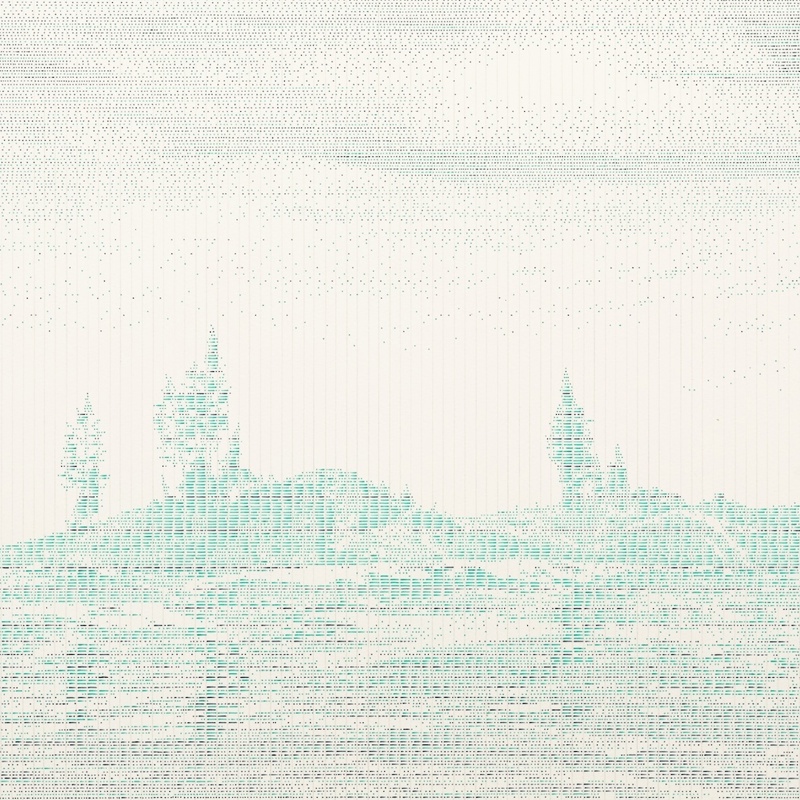
Dots in the landscape: Drawing as language
Tickets
| Standard: | £40 |
| Concessions: | £36 |
Please book a ticket to attend this course which will take place in the Roden Centre for Creative Learning.
Tickets include entry to the National Gallery. Please arrive in good time to access the building and find the event.
Bookings close 10 minutes before the event begins.
Concessions are for full-time students, jobseekers, and disabled adults.
About
The Neo-Impressionist movement presented a revolutionary new way of understanding colour and image making. Inspired by our ‘Radical Harmony’ exhibition and his own practice, join artist Ian Malhotra on an exploration of representing landscape informed by this legacy.
Starting the journey in the Gallery’s Dutch landscape collection, you will look and sketch from the works on show. Then you’ll choose your own inspiration to work with back in the Clore Art Studio for the main session.
After an introduction to more experimental contemporary drawing using systems through shorter studies, you will work to develop your own drawing system and produce a unique landscape work.
All materials are provided and you will take your drawings home with you. A handout with extra resources will be provided in advance of the session.
Your tutor
Ian Malhotra's work explores the transmission and translation of visual information, often mimicking digital methods of reproduction through labour intensive analogue processes. The imagery he works with is natural elements in constant flux; skies, mountains, oceans and moving landscapes. These are chosen not just for their unsuitability to simulation through the binary nature of digital reproduction, but also the importance of this subject matter in the history of picture making. By re-interpreting this imagery by hand through a variety of self-designed systems, he aims to question how we receive and use images today. Some works are painstakingly drawn by hand in a system parodying that of an inkjet printer. Others use systems mimicking scanners, photocopiers or digital cameras and are performed as timed exercises in self-testing.
